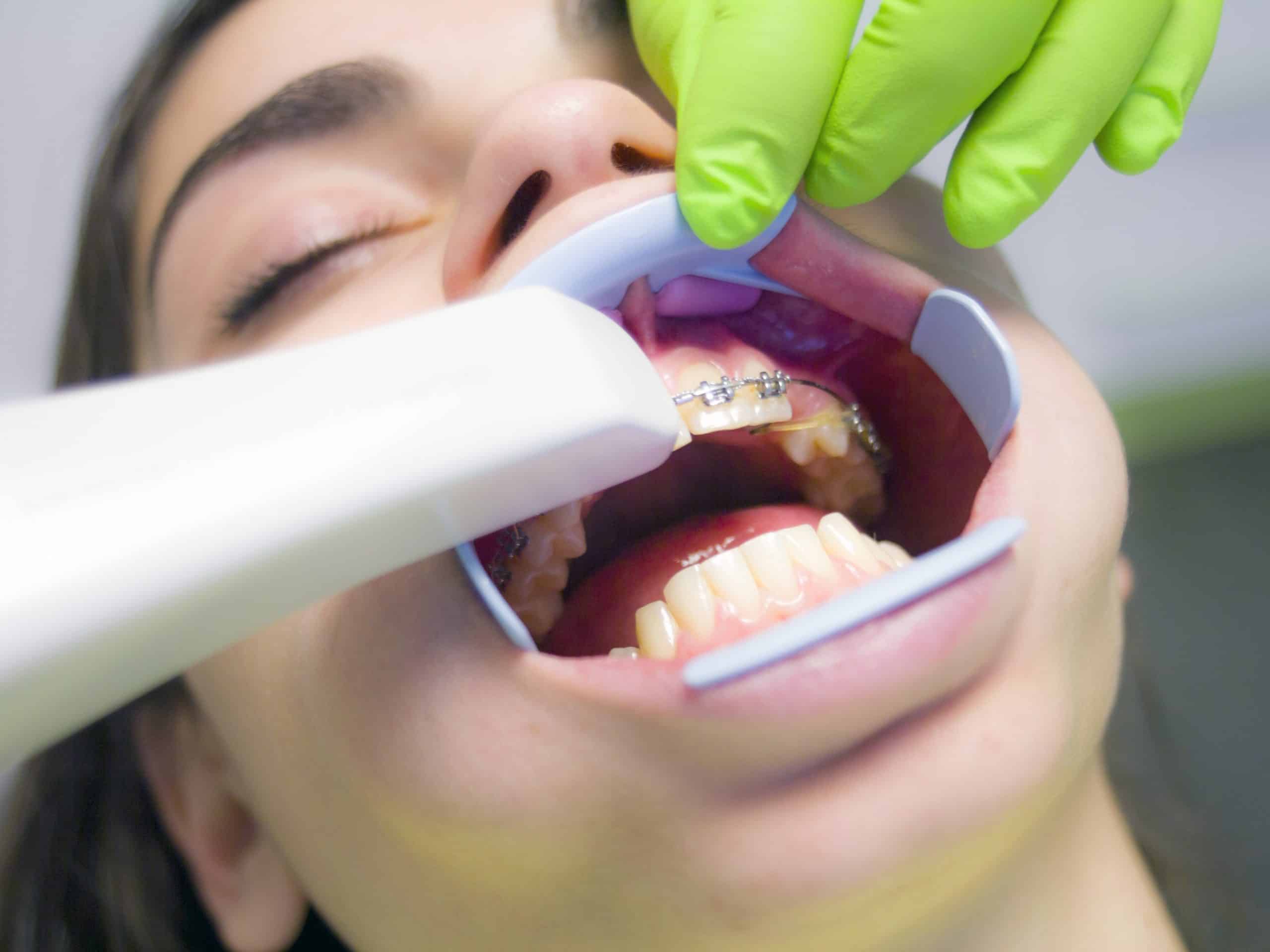Most of us would love to have a perfect smile. Unfortunately, many of us have teeth that are less than ideal.
The good news is that orthodontic treatments can correct a variety of problems, making it possible for everyone to have a celebrity smile!
Causes of Orthodontic Problems
An orthodontic problem is called a malocclusion. Typical examples malocclusions are crowded teeth, missing teeth, extra teeth, or jaws that are not aligned properly. Most malocclusions are inherited, although some can be acquired.
Acquired malocclusions can be caused by early or late loss of baby teeth, sucking of the thumb or fingers for an extended period of time, or accidents.
No matter the cause, a good orthodontist can help to correct dental malocclusions.
When to Seek Help
All children should have a check up with an orthodontist by the age of seven. Although it is never too late to seek treatment, it can be less complicated in youngsters than in adults.
Children’s facial bones are still growing, allowing the teeth to be more easily realigned. If your child’s teeth are crooked or the bite seems wrong, seek advice early to make the treatment as easy and inexpensive as possible.
What Can Be Done?
Orthodontic treatment begins with a thorough examination, including dental x-rays.
Once the problems have been identified, an individual course of treatment can be planned. Too many people, orthodontia means braces, which are the most commonly used way to correct malocclusions.
Braces are adjusted periodically during treatment to move the teeth correctly and effectively.
Once braces have been removed, most orthodontic patients wear a retainer to help keep the teeth in proper alignment.
Braces are a very effective way to realign teeth, but they are not the only available option.
Porcelain veneers are becoming widely popular and can provide an excellent result for some patients. Veneers are applied over existing teeth and are often used to correct a gap in the teeth or to brighten a discoloured smile.
Advancements in Braces
Years ago, braces were exclusively metal and were quite noticeable. Today’s braces, however, are much less conspicuous.
The brackets, which are what holds the wires in place, are often clear or even tooth coloured, and the wires themselves are less visible, too. In some cases, braces can be applied to the back sides of the teeth, making them virtually invisible to observers.
Because of the advancements in dental materials, the process is not only more cosmetically appealing, but can be quicker, as well.
Treatment Times
Treatment times vary depending on the severity of the problem, the health of the teeth and supporting gums and jaw, as well as the patient’s willingness to follow instructions.
Orthodontic patients are often instructed to wear rubber bands or headgear – an unwillingness to do these things will result in a longer treatment time.
All things considered, orthodontic treatment using braces typically lasts about 24 months.
For those who choose porcelain veneers, treatment is usually completed in two or three visits occurring within a month, but the results are not necessarily permanent.
Veneers can break or become dislodged, requiring replacement in a number of years.
Braces permanently correct the malocclusion, making them the treatment of choice for most orthodontists and patients, alike.


